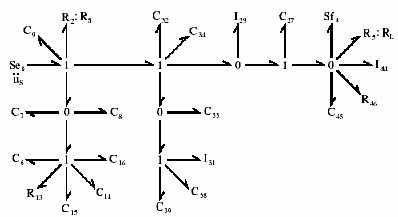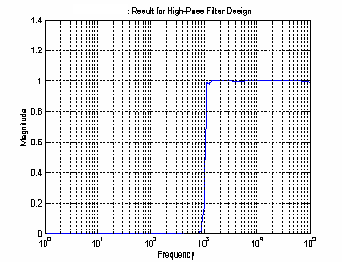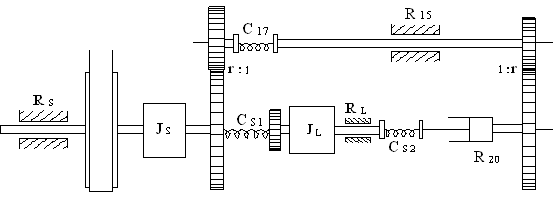
NSF Project (DMI0084934)
Automated Synthesis of Mechatronic Systems by Bond graph and Genetic Programming
Genetic Algorithm Research & Application Group
Michigan State University
Mechatronic devices and systems are ubiquitous today and are essential to our everyday life. However, it is not easy to design such complex multi-domain systems comprised of a mixture of electrical, mechanical, hydraulic, and thermal components. Each time with introduction of new building blocks such as MEMS devices, designers have to explore a long time to build up sufficient domain design knowledge.
This project seeks to create a method and tools for automatically synthesizing
designs for complex mechatronic systems. The basic idea is to replace the role
of domain knowledge with the cheap computational resources available today. By
combining
the
unified modeling and analysis capabilities of
bond graphs (BG) with the
powerful topologically open-ended synthesis and search capability of
genetic
programming (GP), a form of evolutionary computation, we aim to build a
software system and methodology (GPBG=GP+BG) that is able to evolve innovative
mechatronic design solutions (represented as bond graphs) with ever-improving
performance, in an iterative loop of synthesis, analysis, and feedback to the
synthesis process.
Our ultimate goal is to build a computational synthesis engine that can be used to evolve MEMS systems, traditional mechatronic systems, hardware-software hybrid systems, mechanical systems, etc.
The research team plans to adapt and unify the tools previously developed in their individual research groups, to create this powerful system to assist with the design of mechatronic systems. One researcher’s bond graph analysis and simulation tools provide the core of the representation and analysis framework, while the evolutionary computation tools and experience of the other researchers will provide the synthesis and “learning” environment in which superior models are evolved.
Genetic programming (“GP”) is capable of synthesizing designs of
arbitrary complexity, as the representation of designs is entirely open-ended. The synthesis operators will allow the GP to combine “building
blocks” of arbitrary size and shape from one design to insert into another,
based on what it has learned about the performance (from bond graph analysis and
simulation) of both designs. This
synthesis process is made more efficient because the bond graph designs can be
evaluated in two stages. The first
determines whether the component connections in the candidate design satisfy
certain rules of causality in their pattern of interconnection, and this can be
determined quickly using the researchers’ existing bond graph analysis tools.
Then, for designs which pass that hurdle, the more “expensive”
calculation of their performance in fulfilling the specified design objectives
is done, again using existing tools which the researchers need only adapt to
this use.

Framework of GPBG=GP+BG methodology
The researchers will not be creating a commercial, automated design system under this grant, but rather exploring the limits and limitations of the sorts of systems that can be designed using the combination of bond graph modeling and genetic programming. A succession of increasingly powerful design systems will be built and tested, as the researchers discover the shortcomings of existing GPBG framework. A series of techniques and algorithms have been proposed in this project that can improve the scalability of existing genetic programming based computational synthesis. In particular, we proposed a novel sustainable evolutionary computation model, Hierarchical Fair Competition (HFC), and related algorithms that can significantly improve the scalability, efficiency, and reliability of evolutionary search for computational synthesis. Other useful techniques include Structure Fitness Sharing which aims to ensure balanced topology and parameter search in evolutionary synthesis process.
This material is based upon work supported by the National Science Foundation under Grant No. 0084934. Any opinions, findings, and conclusions or recommendations expressed in this material are those of the author(s) and do not necessarily reflect the views of the National Science Foundation.
GPBG methodology has been applied to problems in a series of domains, including:
Please refer to our publications for details.
Examples of evolved systems
Synthesized high-pass analog filter (represented as bond graphs)

The circuit representation of the evolved analog filter

The frequency response of the evolved high-pass filter

Original printer that we aim to improve

The mechanical part of the improved printer design

Evolved simple MEMS resonators

Webmaster: Jianjun Hu (hujianju AT cse.msu.edu)